
Facial massages are treatments you can do with a practitioner or on your own. The technique involves stimulating pressure points on the face, neck, and shoulders. Facial massage helps promote healthy skin while relaxing your facial muscles. It has a relaxing and rejuvenating effect, helping you look and feel better.
Types of facial massage include:
- lymphatic drainage
- reflexology
- shiatsu
- gua sha
- Swedish
- Remedial
- Sinus
- Acupressure
The benefits of facial massage are:
- Anti-aging and wrinkles – One of the main benefits of facial massage is its ability to improve the overall appearance of skin.
- Sinus pressure – As long as it’s not an infectious case or during an acute stage of sinusitis, you can use massage to relieve sinus pressure, discomfort, and congestion. Sinus massage may also help promote the drainage of mucus, alleviate headaches, and boost circulation.
- Acne – Stimulating the skin through massage may help promote blood circulation and reduce the appearance of acne. Specific research that provides evidence of facial massage in improving acne is limited.
- Glowing skin – Facial massage may be just the ticket if you want bright, glowing skin. Plenty of anecdotal evidence suggests that stimulating your facial muscles can help tighten skin, relieve tight muscles, and boost circulation.
- Skin blood flow – Using a facial massage roller has a positive effect on skin blood flow, which may help improve the appearance of skin.
- Facial rejuvenation – Facial massages can help relieve tension while enhancing relaxation and skin health.
- Massage scar tissue – If you have a facial scar that’s in the healing process, massage can be greatly beneficial. Massaging the scar tissue and surrounding areas may help increase blood flow, loosen up nearby tissues, and flatten bumps.
You can give yourself a facial massage in the comfort of your home. Before beginning, clean your face and hands. Use a small amount of serum, oil, or cleansing balm so your fingers glide and roll over your skin easily. You can also use the surface of your palm.
Sources: Health Line
Recent Posts
Related Articles
Non-verbal communication
A substantial portion of our communication is nonverbal. In fact, some researchers...
June 19, 2023Stretch marks – causes and prevention
Stretch marks (striae) are discolored, slightly sunken scar-like lines in your skin....
June 19, 2023Compassion vs Empathy
It’s easy to use compassion and empathy as synonyms, but there are...
June 19, 2023How to build a habit in 5 steps
People with good habits rarely need to resist the temptation to laze...
June 19, 2023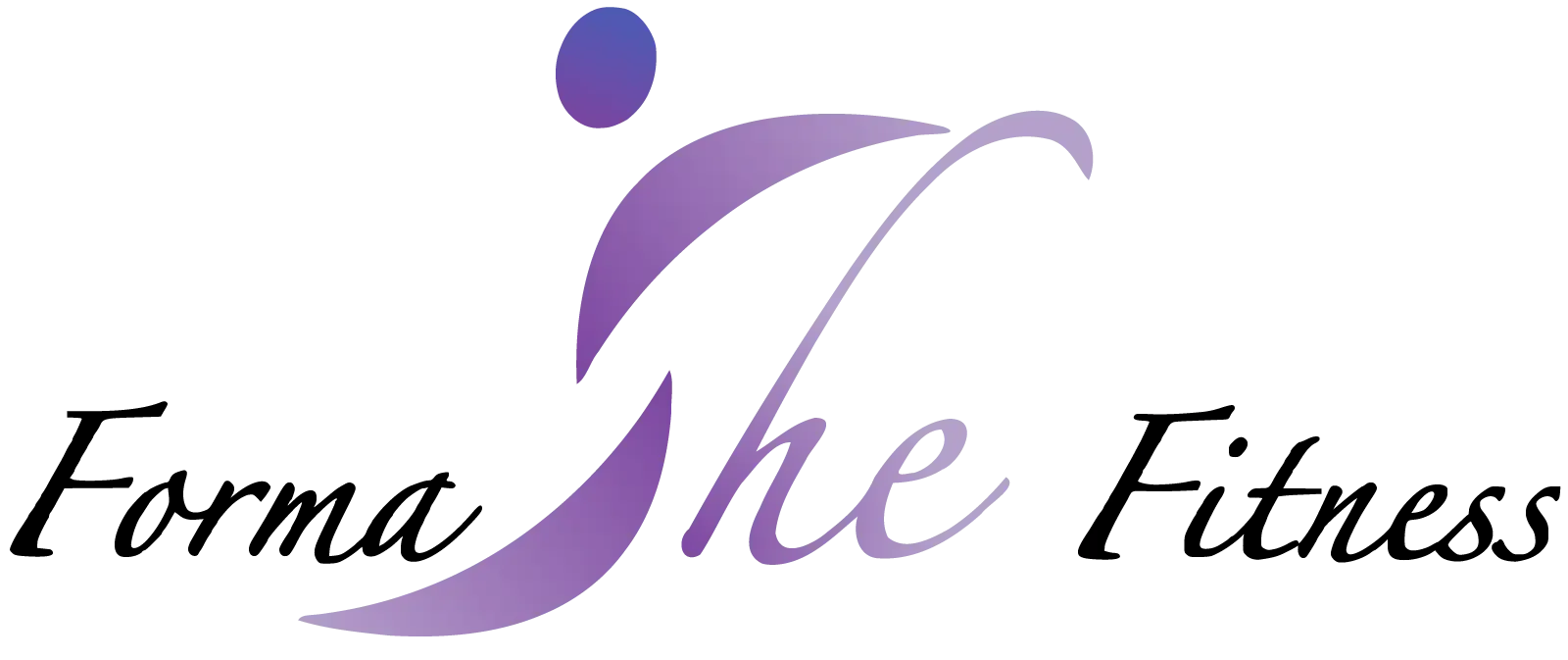



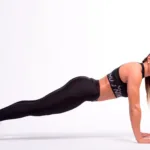


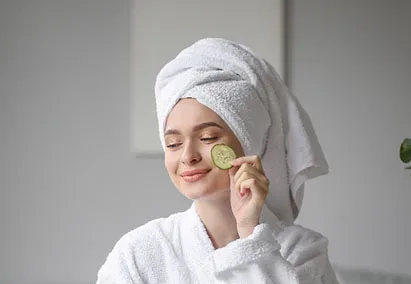




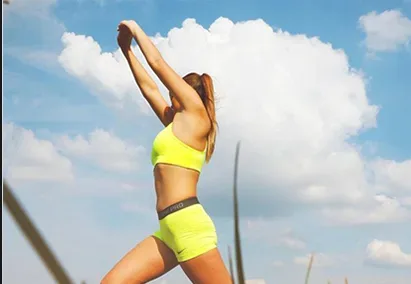



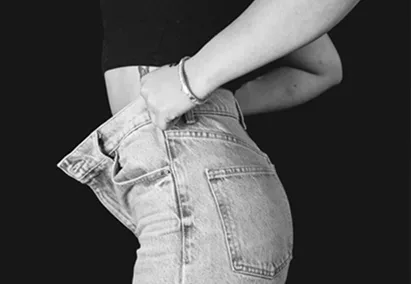





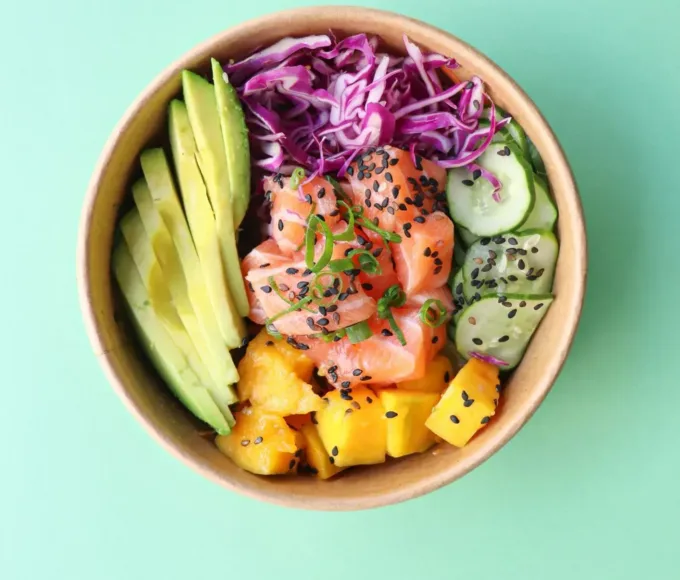
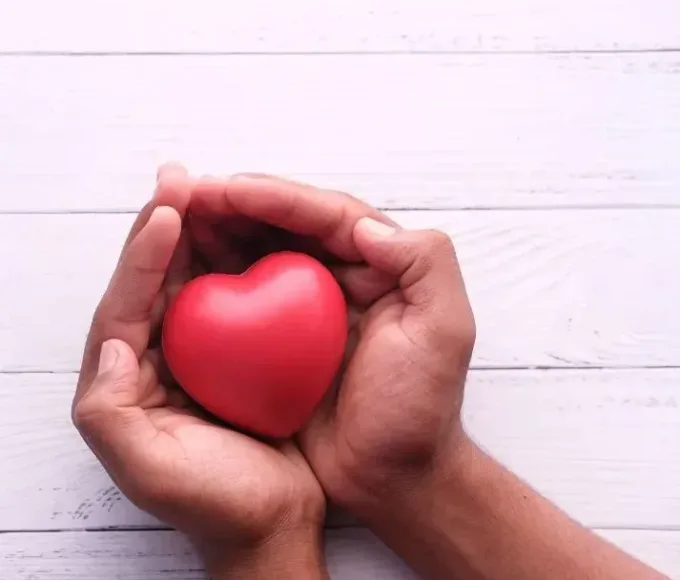

Leave a comment